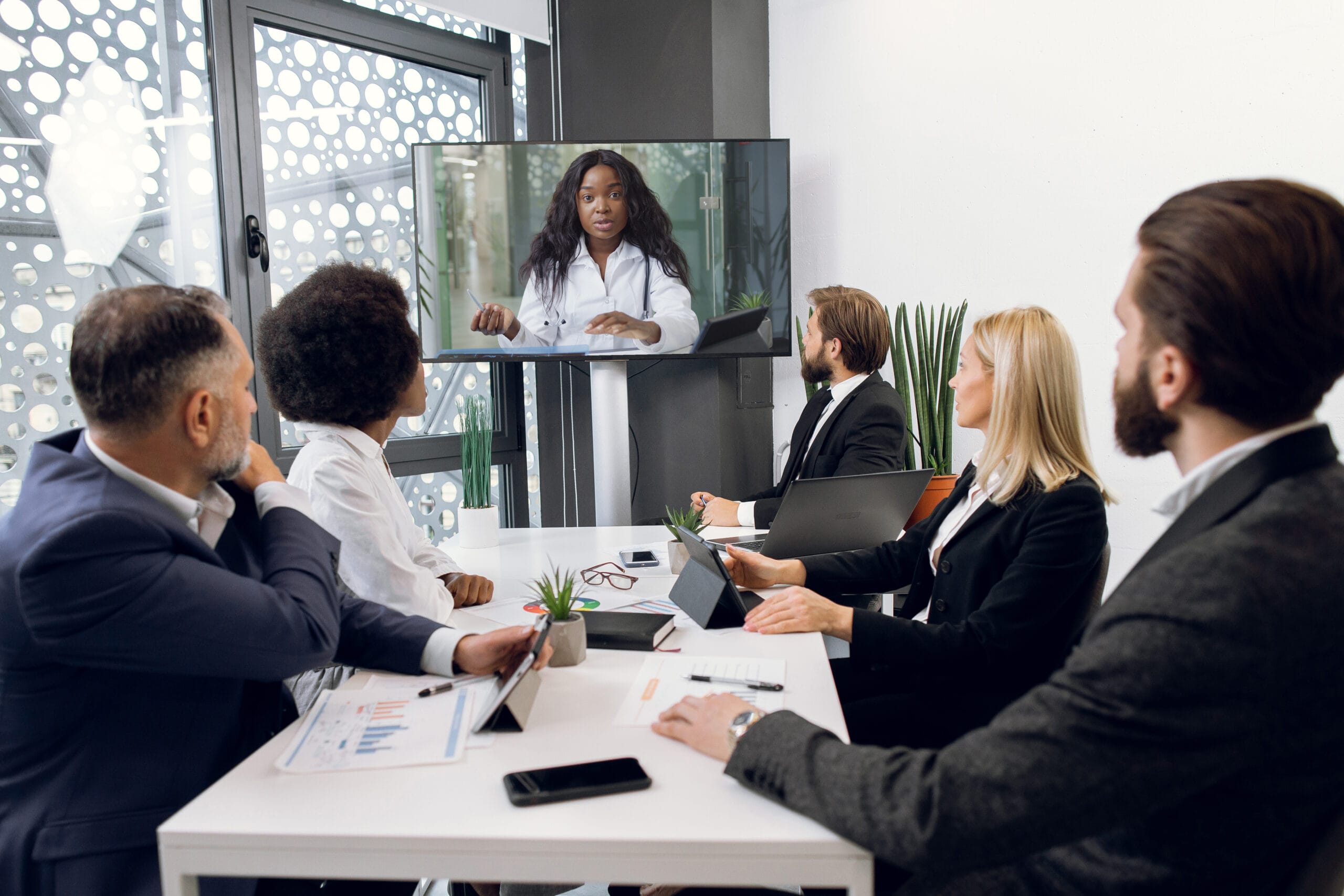Astound the Court: Necessary Aspects of a Powerful Trial Presentation
Vital aspects such as recognizing the audience, crafting an engaging story, and grasping spoken and non-verbal interaction are crucial elements of an effective presentation. As these aspects link, they develop a cohesive strategy that not just educates however likewise involves jurors on numerous degrees.

Recognizing Your Audience
Understanding your audience is a critical aspect of effective test presentation. An effective discussion rests on the capacity to grasp the demographics, values, and tendencies of jurors. This comprehension educates exactly how disagreements are framed, evidence is presented, and emotional appeals are crafted, guaranteeing that the message reverberates with the jurors on an individual degree.
Research indicates that jurors come from diverse backgrounds and might have varying degrees of recognizing pertaining to lawful proceedings (trial presentation). Hence, it is essential to prevent legal jargon that could alienate or confuse them. Rather, using clear, relatable language cultivates interaction and comprehension. Furthermore, comprehending the jurors' potential biases and life experiences allows the trial speaker to anticipate arguments and address problems proactively.
Effective trial discussion also includes observing jurors' reactions during the proceedings. Engaging with jurors as individuals rather than a collective device is crucial in cultivating a solid link in the court.

Crafting an Engaging Narrative
Crafting an engaging story is important in leading jurors with the intricacies of an instance. A well-structured story not just streamlines complex lawful ideas yet likewise involves jurors on an emotional level, making the info much more relatable and unforgettable.
To accomplish this, attorneys should start by recognizing the core message they want to share. This message ought to resonate with the jurors' worths and experiences, promoting a connection that goes beyond mere truths. The narrative needs to unfold rationally, presenting events in a clear sequence to prevent confusion. This chronological method can help jurors comply with the development of events, highlighting reason and result.
Including human elements-- such as individual stories or narratives-- can additionally enhance the story's effect. These components stimulate compassion, allowing jurors to imagine the repercussions of the instance on the real worlds. Additionally, utilizing a consistent style throughout the presentation strengthens the major argument, making it much easier for jurors to keep crucial factors.
Inevitably, a compelling story transforms a test presentation from a simple address of truths into a convincing story that mesmerizes the jury, motivating them to deliberate with both factor and feeling.
Utilizing Aesthetic Aids
Incorporating visual help into a trial presentation can significantly enhance jurors' comprehension and retention of details. Aesthetic products such as graphes, diagrams, photos, and video clips can transform complicated lawful principles and proof into quickly digestible formats. By involving multiple senses, these help enable jurors to visualize the instance's crucial elements, making it easier for them to follow along and realize detailed details.
Furthermore, well-designed visual help can emphasize crucial points and emphasize connections in between various items of evidence. For circumstances, timelines can efficiently show the sequence of occasions, while annotated images can make clear particular details pertinent to the situation. This not only aids in understanding but additionally strengthens the story presented by the attorney.
It is crucial, nonetheless, to make sure that aesthetic help matter, clear, and professionally provided. Excessively intricate or chaotic visuals might overwhelm jurors and detract from the message. When made use of deliberately, visual aids serve to match the dental disagreements and boost the overall impact of the test discussion. Eventually, reliable aesthetic communication can be an effective tool in encouraging jurors and helping them get to informed final thoughts.
Grasping Verbal Communication
Effective spoken interaction is important in a trial discussion, as it offers as the main means whereby lawyers communicate their debates and get in touch with jurors. Mastering this skill involves clearness, persuasion, and interaction. Attorneys must verbalize their factors clearly and briefly, preventing lawful lingo that may puzzle jurors. Simplicity in check over here language promotes understanding and helps jurors understand complicated concerns presented throughout the trial.
In addition, tone and pacing significantly impact exactly how messages are received. A confident tone communicates authority, while ideal pacing permits jurors to soak up info without feeling overwhelmed. Lawyers need to likewise vary their vocal inflections to emphasize bottom lines and preserve jurors' passion throughout the discussion.
Additionally, the organization of verbal disagreements is vital. Structuring the narrative realistically and coherently helps jurors comply with the lawyer's line of reasoning, making it easier for them to preserve critical details. Using convincing methods, such as narration, you can try here can additionally boost the emotional resonance of the disagreements presented, thereby producing a much more profound connection with jurors.
Eventually, mastering spoken interaction not only strengthens an attorney's case but likewise promotes depend on and rapport with the court, considerably enhancing the possibilities of a desirable judgment.

Involving With Body Language
Nonverbal interaction plays an important duty in trial discussions, commonly communicating messages that words alone can not express. Body language, incorporating motions, posture, facial expressions, and eye get in touch with, significantly influences exactly how jurors view the trustworthiness and sincerity of the presenter. A positive stance, with shoulders back and an open position, can instill trust fund, while closed-off body movement may recommend defensiveness or unpredictability.

Faces should show the emotions connected with the instance, enhancing the story existing. A sincere expression during a touching minute can elicit empathy and strengthen the emotional appeal. Inevitably, grasping body movement is crucial for effective trial presentations, as it improves spoken interaction and establishes an engaging existence that reverberates with the jury.
Final Thought
Finally, astounding the court demands a critical strategy that incorporates comprehending the audience, crafting an engaging narrative, making use of aesthetic aids, mastering spoken communication, and engaging through body language. Each component plays an essential function in creating an effective my company trial presentation that resonates with jurors on both psychological and intellectual degrees (trial presentation). By integrating these elements properly, lawyers can substantially boost their capacity to encourage and affect court decision-making